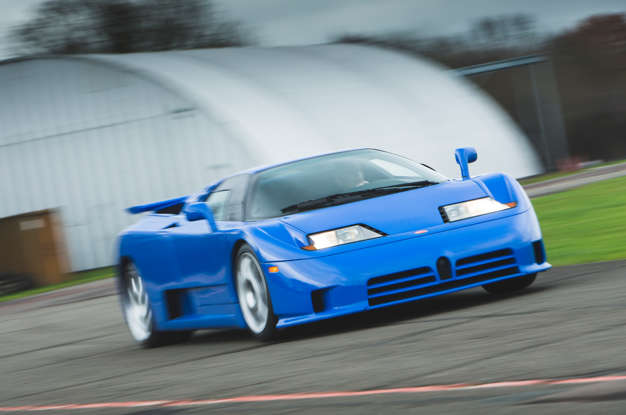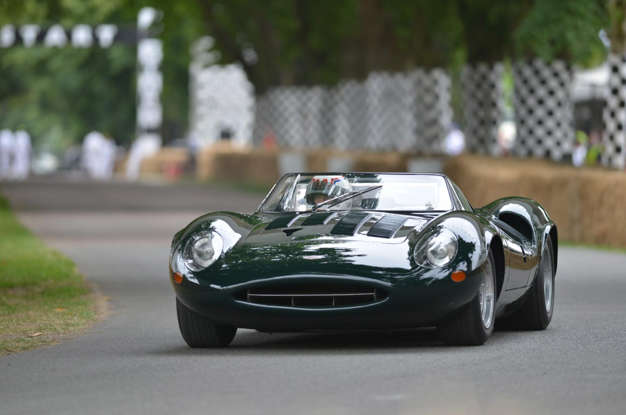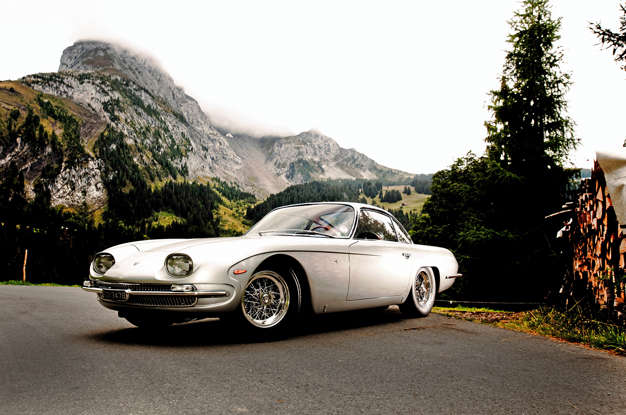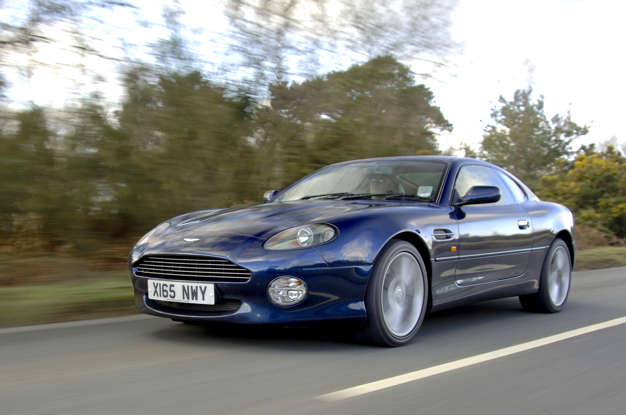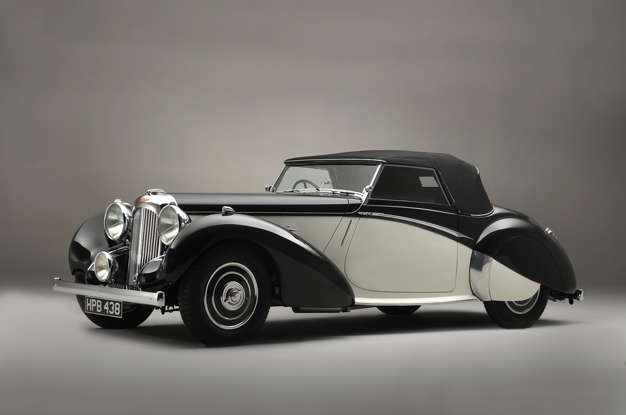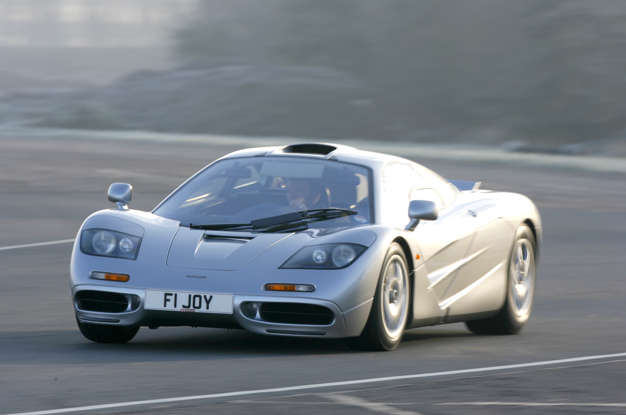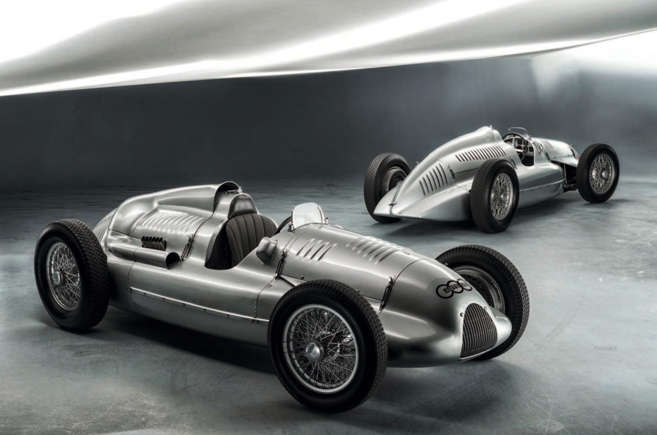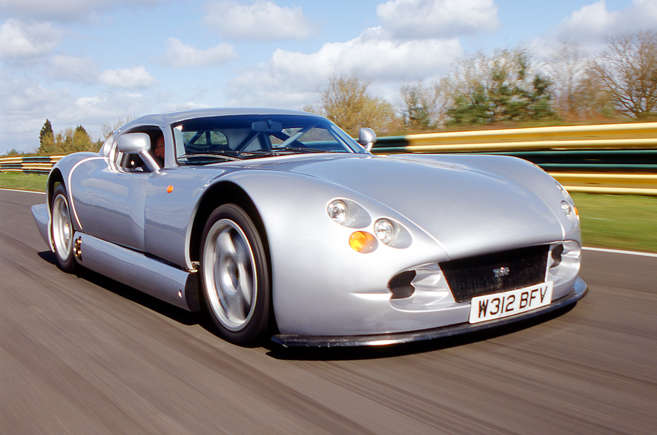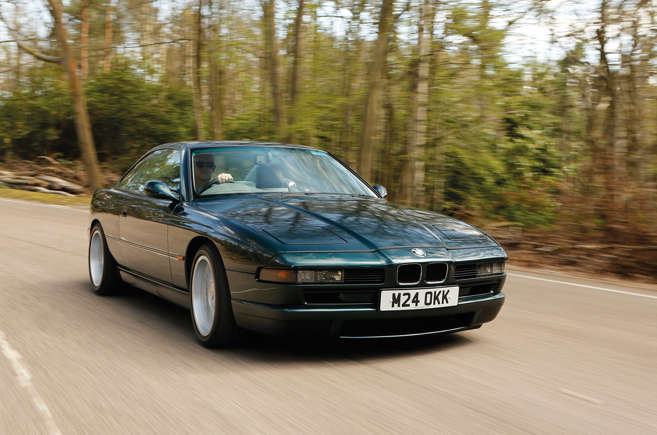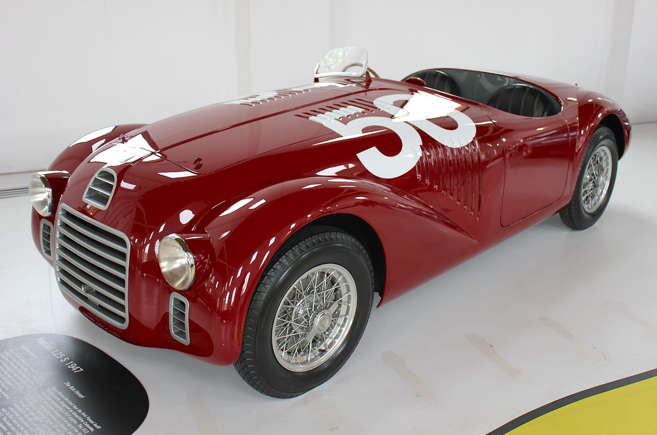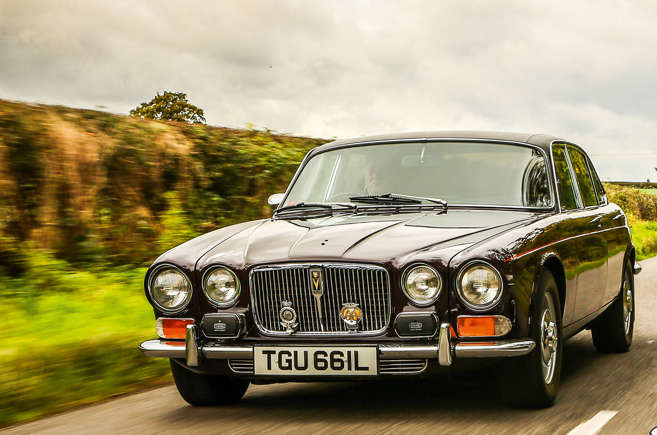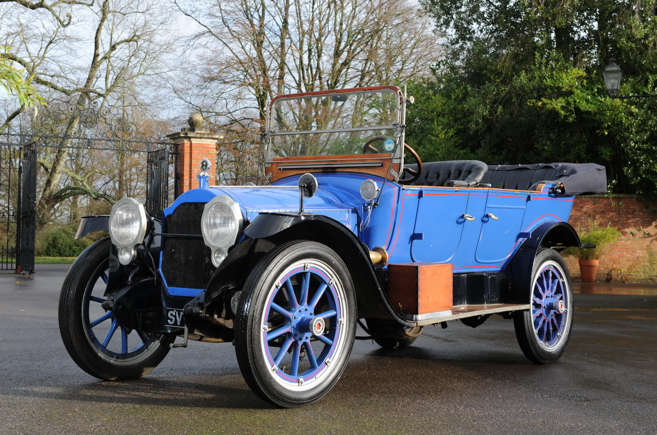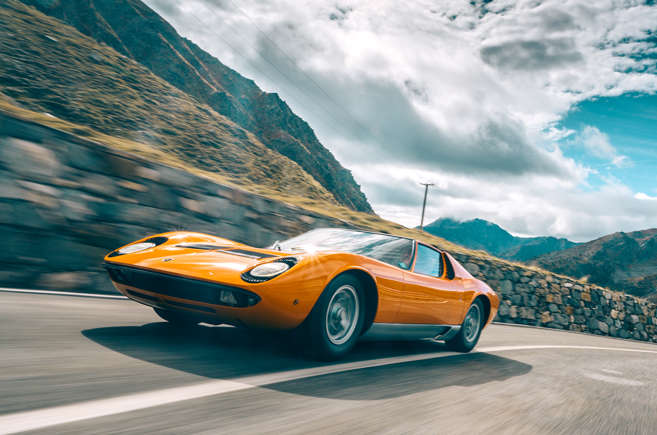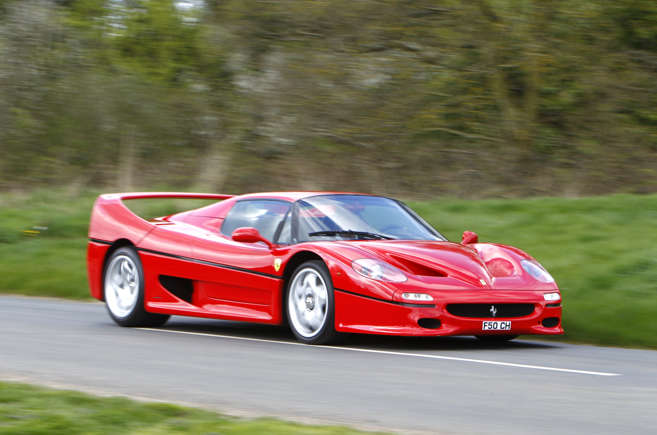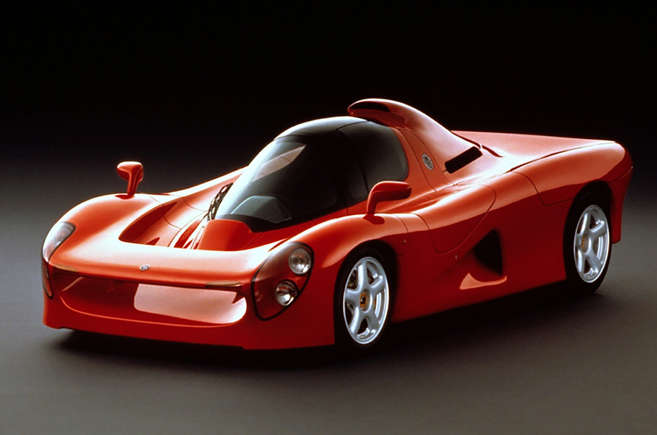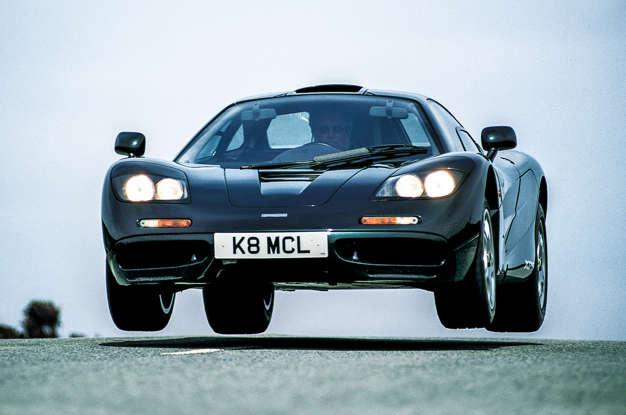
The power of 12
Though often complicated, and usually hideously thirsty, there’s nothing like a V12.Whether you’re gliding along serenely in a Jaguar XJ12, or standing every single neck hair to attention winding out a Ferrari F50 past 8000rpm, you can’t help but fall in love with the sensation of 12 pistons doing a job that most cars tackle with eight.
A 12-cylinder engine is pure extravagance, so indulge yourself with 21 of the greatest V12-engined classic cars.

